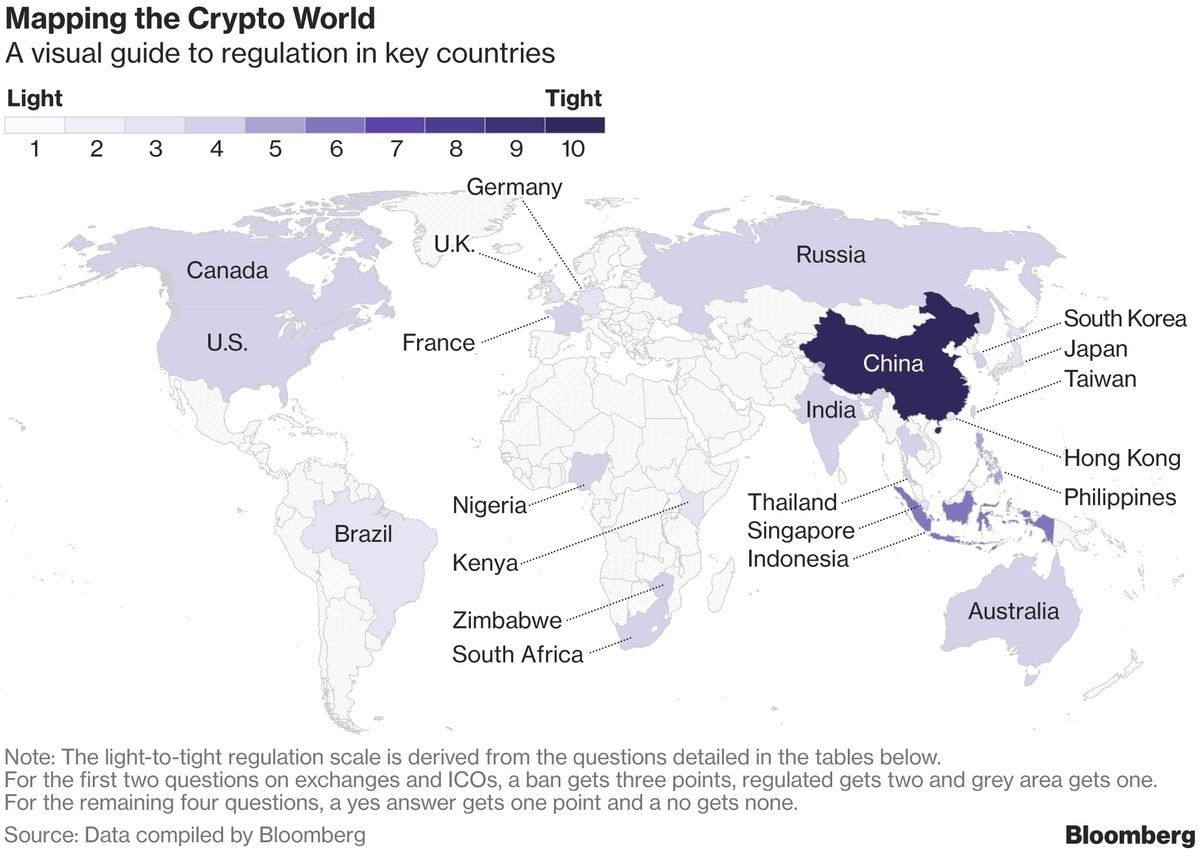Top Ethereum devs cause online stir with talk of a hard fork in protocol to combat mining centralization.
27358 Total views
420 Total shares


Outside John Snow Pub, arguably one of the best pubs to visit on a rainy November day in Soho, London, I was having a beer with my dear friend Alex, discussing tech and cryptocurrency like we always do. The thing that struck me the most from the conversation that Alex brought up was the technical challenges of Mars to have its own blockchain due to speed of light delays between Earth and Mars. It took me on a little journey of determining what might a blockchain on Mars look like, what are the challenges brought upon by speed of light and other factors, and how to push forward the efforts of colonizing the Red Planet.
The past few years and especially 2017 have brought cryptocurrency to the mainstream. Everyone and their grandmother can be seen at one point asking around “How can one buy bitcoin?” and “Would you buy Ripple?” among other questions. Every day, someone armed with a badly-edited whitepaper (a paper outlining how the technology works) will raise millions of dollars in Initial Coin Offerings, or ICOs (the cryptocurrency version of a stock market IPO). By now, one can see that, while 99% of the coins will probably fail due to bad planning, overpromised marketing, or because of their scammy nature, there is no doubt that the future of the cryptocurrency market is bright and it has a lot of room for growth.
The race to Mars is on going. SpaceX still is leading the efforts to allow humans for colonization of the Red Planet, most recently with their two simultaneous Falcon Heavy rocket landings.

Getting your head around cryptocurrencies was hard enough before governments got involved. But now that policy makers around the world are drawing up fresh regulations on everything from exchanges to initial coin offerings, keeping track of what’s legal has become just as daunting as figuring out which newfangled token might turn into the next Bitcoin.
The rules can vary wildly by country, given a lack of global coordination among authorities. And while that may change after finance chiefs discuss digital assets at the Group of 20 meeting in Buenos Aires this week, for the time being there’s a wide range of opinions on how best to regulate the space. Below is a rundown of what major countries are doing now.

It has no inherent value and causes observers to rotate between feelings of fascination and anger. We’re talking about cryptocurrency, but also art. In a new series, artist Andy Bauch is bringing the two subjects together with works that use abstract patterns constructed in Lego bricks. Each piece visually represents the private key to a crypto-wallet, and anyone can steal that digital cash—if you can decode them.
Bauch first started playing around with cryptocurrencies in 2013 and told us in an interview that he considers himself an enthusiast but not a “rabid promoter” of the technology. “I wasn’t smart enough to buy enough to have fuck-you money,” he said. In 2016, he started to integrate his Bitcoin interest with his art practice.
His latest series of work, New Money, opens at LA’s Castelli Art Space on Friday. Bauch says that each piece in the series “is a secret key to various types of cryptocurrency.” He bought various amounts of Bitcoin, Litecoin, and other alt-coins in 2016 and put them in different digital wallets. Each wallet is encrypted with a private key that consists of a string of letters and numbers. That key was initially fed into an algorithm to generate a pattern. Then Bauch tweaked the algorithm here and there to get it to spit out an image that appealed to him. After finalizing the works, he’s rigorously tested them in reverse to ensure that they do, indeed, give you the right private key when processed through his formula.

Binance, the world’s largest cryptocurrency exchange by traded value, is seeking a fresh start in the Mediterranean.
The company, founded last year in Hong Kong, is planning to open an office in Malta, said founder Zhao Changpeng in an interview from Hong Kong. Binance will soon start a “fiat-to-crypto exchange” on the European island nation, and is close to securing a deal with local banks that can provide access to deposits and withdrawals, he said, without providing a timeframe.
“We are very confident we can announce a banking partnership there soon,” Zhao said. “Malta is very progressive when it comes to crypto and fintech.”

An interview with Komsomolskaya Pravda during the conference Undoing Aging in Berlin.
A few days ago, LEAF representatives attended the Undoing Aging 2018 conference in Berlin, which was jointly organized by the SENS Research Foundation and the Forever Healthy Foundation. We invited one of the most professional Russian journalists writing about aging, Anna Dobryukha, to this conference, and she will write a series of articles and interviews in Komsomolskaya Pravda (KP) over the next weeks. As these articles are interesting to the global community, we decided to translate them for our blog.
Today, we publish the first article of this series, an interview that Anna conducted with Vitalik Buterin, the creator of the cryptocurrency Ethereum. Vitalik donated 2.4 million dollars to the SENS Research Foundation earlier this year, so let’s find out what Vitalik’s views are on rejuvenation biotech and life extension!
The original article, “King of Ethereum” Vitalik Buterin: the best thing to donate money to is the fight against aging, is by Anna Dobryukha and has been translated by Elena Milova and Joshua Conway.

You may have heard of Numerai — the unorthodox hedge fund that crowdsources predictive stock market models from data scientists around the world. It is now seeking more brain power and announced today that it is giving away $1 million worth of cryptocurrency to Kaggle users who sign up. The San Francisco-based hedge fund incentivizes its community members by giving them digital tokens they can stake during tournaments to express confidence in their predictions. The best trading algorithms are then selected based on how they perform on the live market, and their creators are rewarded with more tokens.
Looking at most Wall Street hedge funds’ models, it’s fair to say open, collaborative efforts aren’t at their core. Movies like Wall Street, which portrays a greedy Gordon Gekko, and The Wolf of Wall Street, which highlights the derailing decadence of power and money, paint a rather unflattering picture of egocentric traders and financiers. Numerai founder and CEO Richard Craib is looking to change that.
The 30-year-old South African wants to create a more open and decentralized ecosystem for hedge funds. Rather than restricting access to trading data, Craib encrypts it before sharing it with his global network of data scientists, which effectively prevents them stealing and replicating the trades on their own. They can, however, use the shared information to build predictive models for the hedge fund.

It seems Mastercard is gradually softening its stance on cryptocurrency, after CEO Ajay Banga downplayed non-government mandated digital currencies as “junk” back in October last year.
In a conversation with Financial Times, Ari Sarkar, Mastercard co-president for the Asia-Pacific region, said the company is open to explore cryptocurrencies created and backed by governments.
“If governments look to create national digital currency we’d be very happy to look at those in a more favourable way [compared with existing cryptocurrencies],” Sarkar told Financial Times.


China has been one of the harshest countries with regard to cryptocurrency regulations and has given its citizens a very short leash. This hard-set attitude has made it difficult for people in the mainland to trade and hold cryptocurrency assets, while some have opted for offshore accounts, many still prefer using the little leeway their government allows.
The Chinese have clamped down on cryptocurrencies so much that they even forced a popular social media platform to shut down and warned its people that accounts related to cryptocurrencies would be watched closely.
Which is why the conversations that happened and the statements that were released at this year’s National People’s Congress comes as a long sought after reprieve to China’s people.